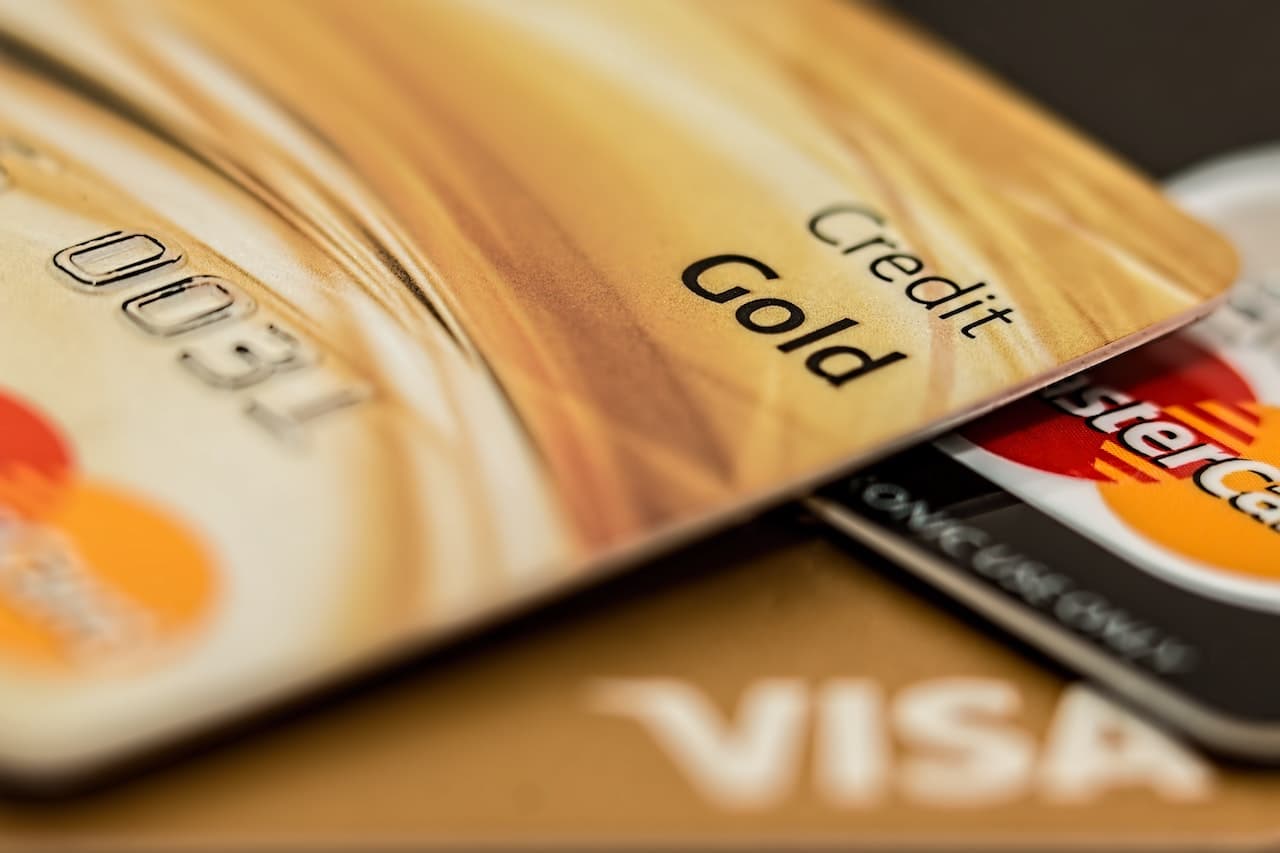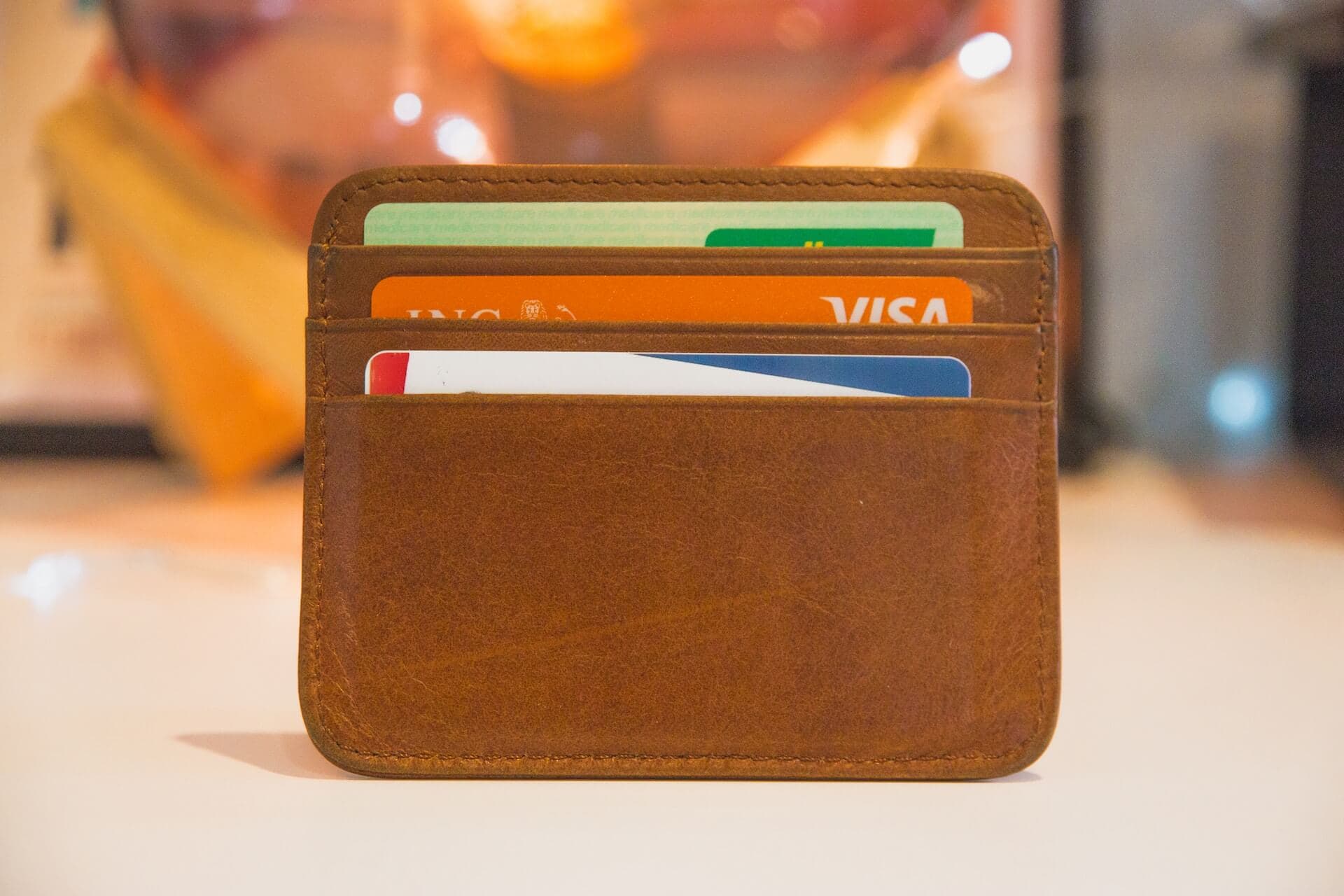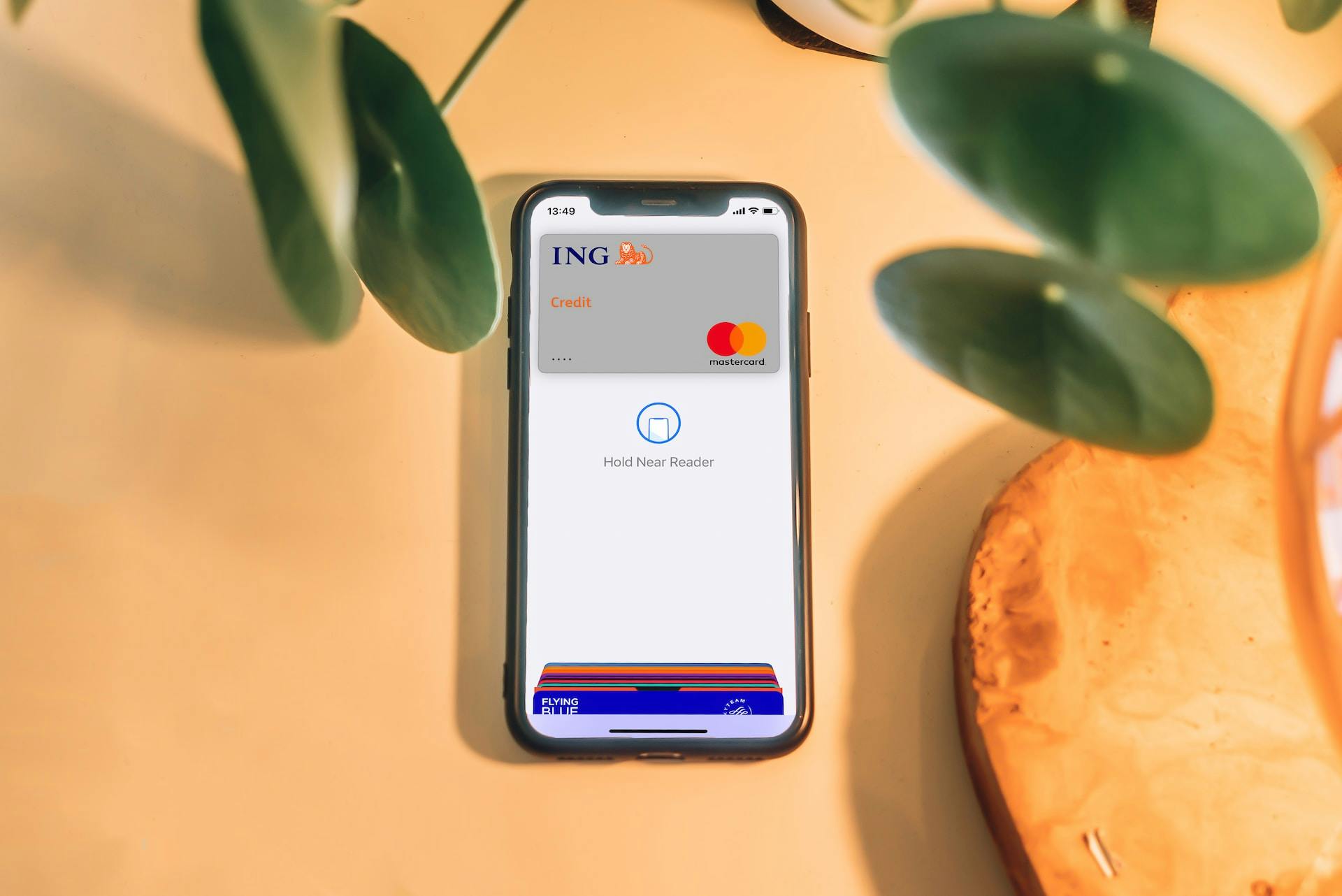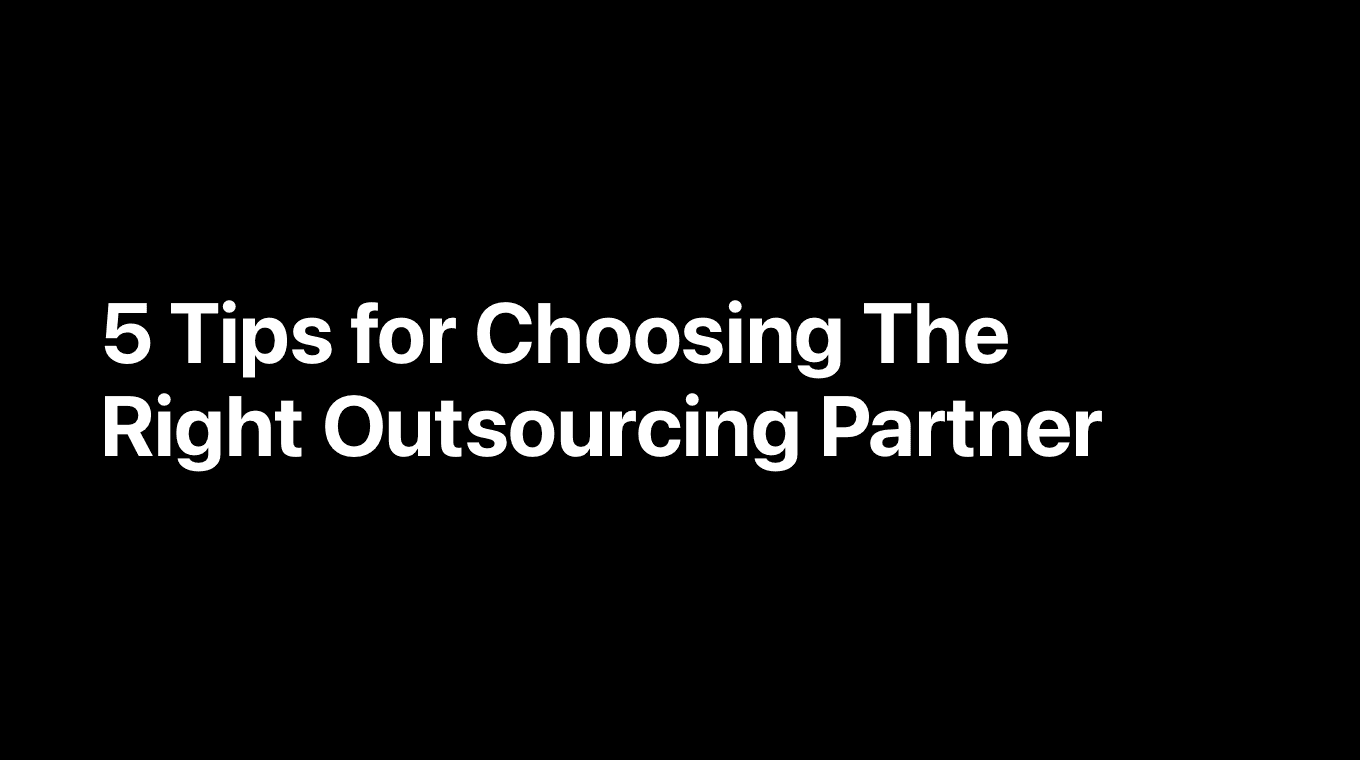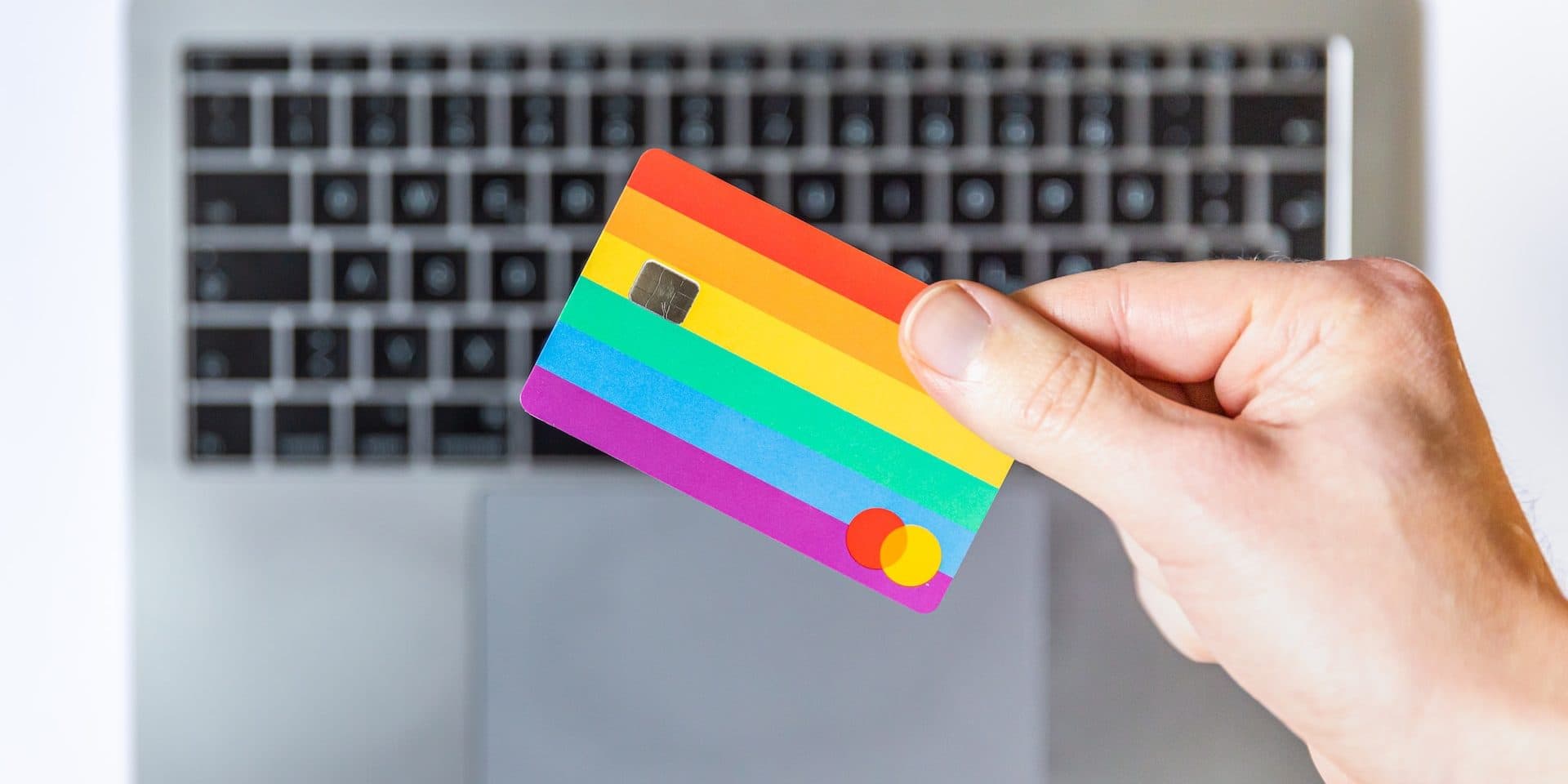
Credit cards offer a convenient way to pay for purchases, but keeping track of your spending can be challenging. Here are some tips on how to track your credit card purchases:
1. Use a budgeting app
Many budgeting apps, such as MoneyCoach, allow you to manually add your credit card accounts and track your spending. You can also set up alerts for when you approach or exceed your card limit and when your payment is due.
2. Keep your receipts
If you prefer to track your spending manually, make sure to keep your receipts for all credit card purchases. This will make it easier to reconcile your credit card statements and identify any discrepancies.
3. Check your statements regularly
Make it a habit to check your credit card statements regularly, either online or in paper form. This will help you catch any errors or fraudulent charges as soon as possible.
4. Categorize your spending
To get a better understanding of your spending habits, categorize your credit card purchases into different categories, such as groceries, dining, or entertainment. This will help you identify areas where you may be overspending and adjust your budget accordingly.
5. Set spending limits

Many credit card companies allow you to set spending limits or alerts for specific purchases, such as large transactions or out-of-state purchases. This can help you stay within your budget and prevent fraudulent charges.
Can credit card activity be tracked?
Credit card activity can be tracked. When you use a credit card for transactions, whether it's for purchases, payments, or withdrawals, a trail of electronic records is generated. These records include the merchant's name, transaction date, amount, and sometimes even the location. Financial institutions, credit card companies, and relevant payment processors retain this information for various purposes, such as fraud detection, customer service, and compliance with legal regulations. Additionally, credit card statements provided to cardholders detail their transaction history, offering a clear overview of their spending patterns.
It's important to note that while credit card activity can be tracked for legitimate and security reasons, proper data privacy and security measures are typically in place to safeguard individuals' sensitive financial information from unauthorized access or misuse.
Can you track what you buy on your credit card?
Yes, you can track what you buy on your credit card. When you use your credit card for transactions, a digital record is generated that includes details such as the merchant's name, transaction date, amount, and sometimes location. This information is stored by your credit card company, financial institutions, and payment processors. Most credit card issuers provide online access to your account, where you can view transaction history, track purchases, and analyze your spending patterns. Additionally, many credit card statements categorize your expenses, making it easier to see where your money is going and allowing you to identify specific purchases.
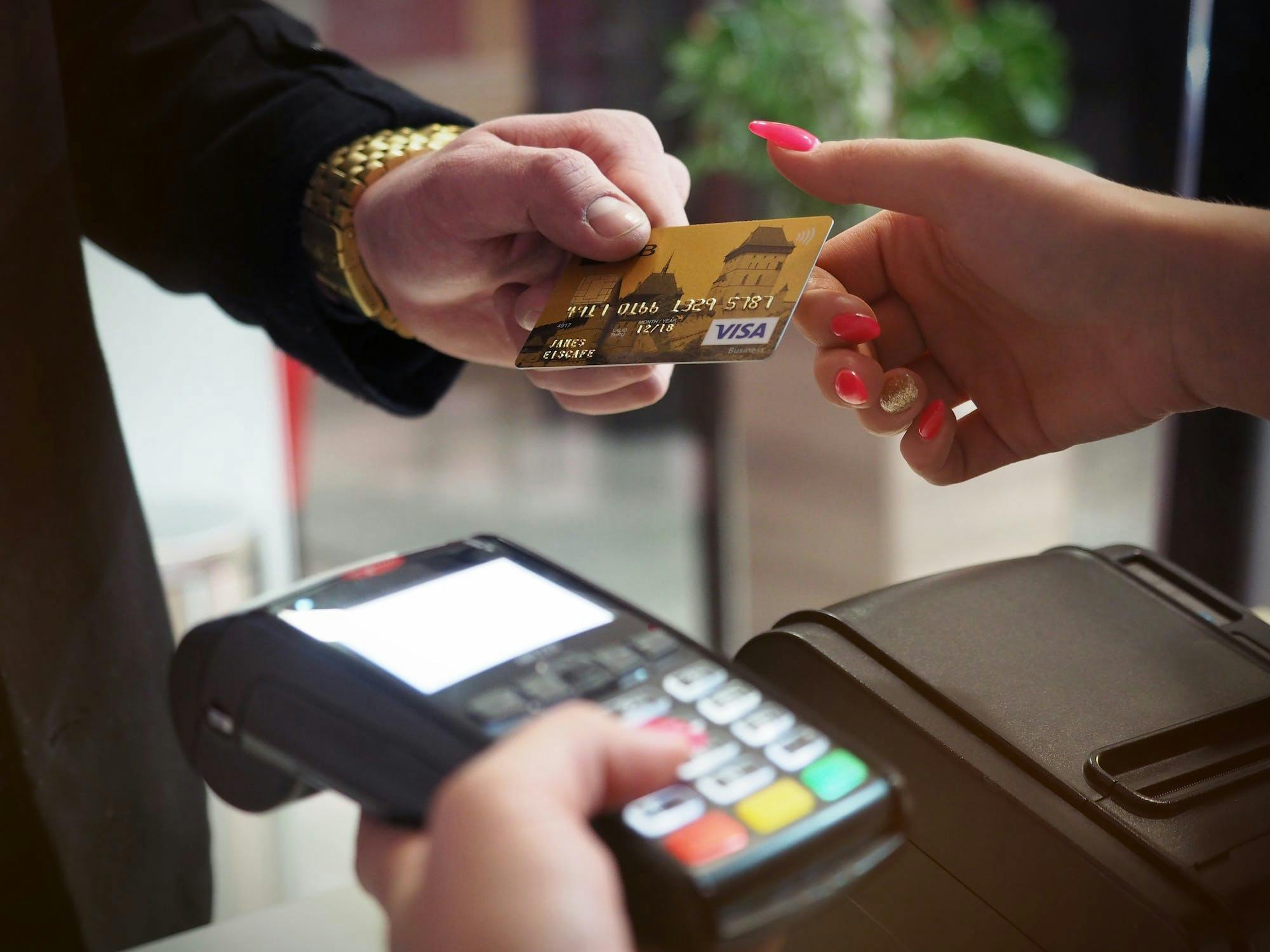
Advancements in digital banking and personal finance tools have made tracking credit card purchases even more convenient. Various mobile apps and online platforms allow you to link your credit card accounts, automatically categorize transactions, and generate detailed spending reports. This level of transparency empowers individuals to gain better control over their finances, make informed budgeting decisions, and potentially adjust their spending habits to align with their financial goals.
MoneyCoach now supports manual credit card tracking. Set up your credit cards and activate the payment due reminders so you never have to pay those nasty credit card interests.
Are credit cards hard to track spending?
Credit cards can offer convenience and flexibility, but tracking spending can sometimes be challenging. The ease of making purchases with a credit card can lead to impulsive spending, and without careful monitoring, expenses can quickly accumulate. Additionally, credit card statements often categorize spending broadly, which can make it harder to pinpoint specific expenditures. However, with the advent of digital banking and personal finance apps, tracking credit card spending has become more manageable. Many banks and financial tools offer real-time transaction notifications, spending summaries, and even the ability to categorize expenses, enabling users to gain better insights into their spending habits and make informed financial decisions.
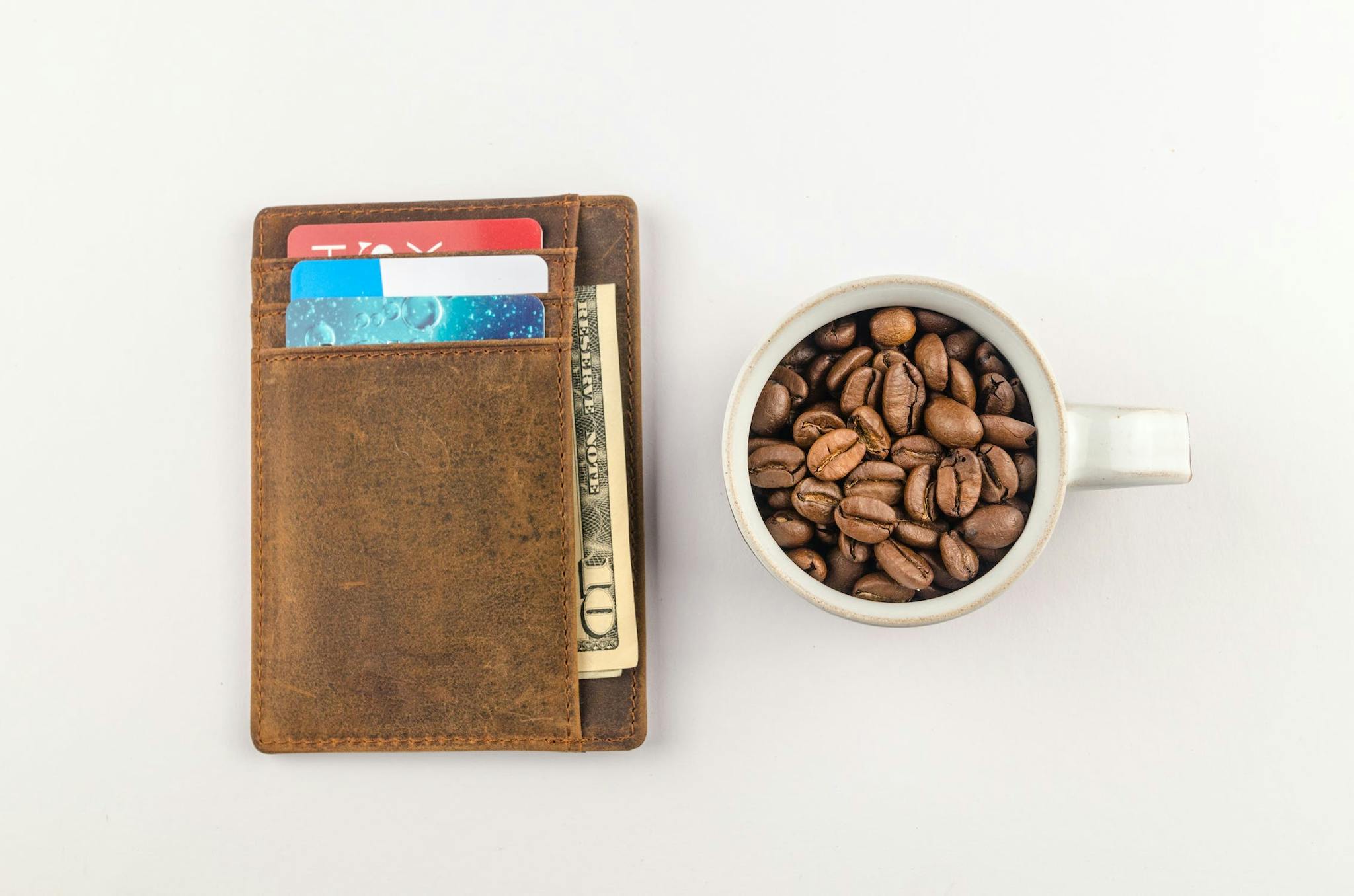
Despite these challenges, individuals who are proactive about monitoring their credit card usage can stay on top of their spending. Regularly reviewing credit card statements, setting spending limits, and using budgeting tools can all contribute to a clearer understanding of where money is being allocated, ultimately helping to manage finances more effectively.
By tracking your credit card purchases, you can stay on top of your finances and avoid overspending or accumulating debt.
